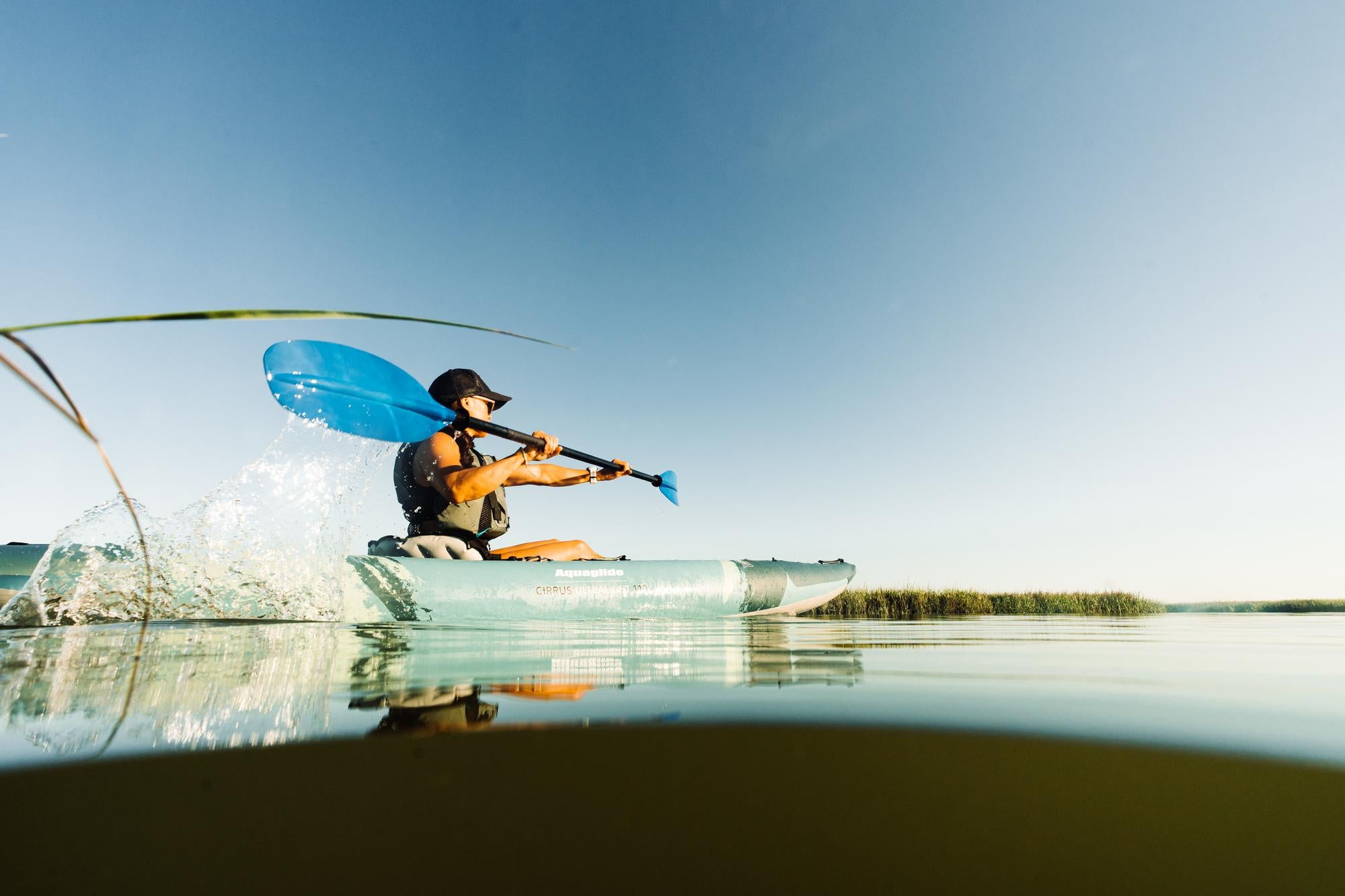Navigating Your Next Big Paddle
It’s likely that most areas you regularly paddle, you know the route in and out, better than the back of your hand. But what about those big, unchecked adventures on your bucket list? How do you approach navigating an unknown route? The key is creating a paddle plan — aka — your guide to keeping safe with clear navigation, leaving you with nothing to do but enjoy your trip. We’ve researched the best ways to navigate your next paddling excursion, and some valuable tools to help you along the way.
Plan Your Route
Planning your route is the first, and arguably most important step. Where do you want to start, and where do you want to end up? In today’s modern world, web services such as Google Earth and a good route planning tool, as well as utilizing local paddling clubs, can help you identify important logistical information, such as launch point and take-out, average weather conditions, and route length.
A good rule of thumb when it comes to paddling is to conserve your energy for later in the paddle by tackling the hard parts first. If you’re doing an out-and-back paddle on a river, do the upstream leg first, when you are full of energy and ready to go. It’s also a good idea to always let friends or family know where and when you plan to paddle, and when to expect you back.
When planning an overnight paddling trip, you’ll want to identify your exact campsites, as well as backup sites in case the paddle takes longer than expected or your planned camp is already taken. You’ll also want to account for the weather when planning your gear needs - will you be in the desert, where it is unlikely to rain but will be cold at night? Will you be in a rainforest where precipitation is likely? Will you be in an area known for its bugs and critters? Planning for any potential of the trip will keep it as enjoyable as possible.
Get To Know The Area
Before you head out into the unknown, know where you’re going to launch and take-out, and how to get there once you’re in the water. This could be best accomplished by actually going out on the intended body of water for a short paddle to get your bearings. Time yourself — how long did it take you to get to a certain point? Take notes, and take photos. Don’t forget to look back as you paddle! Simply looking back at visuals can help in finding your way back.
Start a Guide Book
Once you plan your route and do a test run, add the info you’ve collected to your personal guide book. Keep all photos, directional notes, times, and more in one spot that can be easily accessed on your next trip. This guide book can serve as your homebase and store maps, as well as a log of all your trips.
Go Old School: Bring a Map
Bring a paper map of the body of water you will be paddling. Physical maps are a nearly fail proof backup to electronics which can quickly lose battery, malfunction, or lose service, leaving you stranded without a map. If you don’t have a map or guide book, Google Earth or Google Maps is an excellent resource to review and print out maps or points of interest that pertain to your next adventure. Mark up a map with the directional route you plan to go.
Invest in a GPS
GPSes are a popular accessory amongst the adventurous, and for good reason. It’s a wise idea to have a GPS in addition to a physical map. A GPS can tell you where you’ve been and where you’re going next. Not only that, but GPSes can help you see what’s around you as you paddle, in the event you need to find a sheltered area, closest road, or ranger station. The Garmin eTrex 30x is a small and compact GPS that has all the basic bells and whistles you might need on a kayak trip. Again, maps win all when it comes to navigation, but a GPS is also a valuable investment.
When it comes to your next big paddle adventure, it’s all about the planning. The more you plan and prepare, the more comfortable you will be with seeking new areas and checking off those bucket list items. Where will you adventure next? Take us with you, and don’t forget to tag @aquaglide | #aquaglide in your photos!




